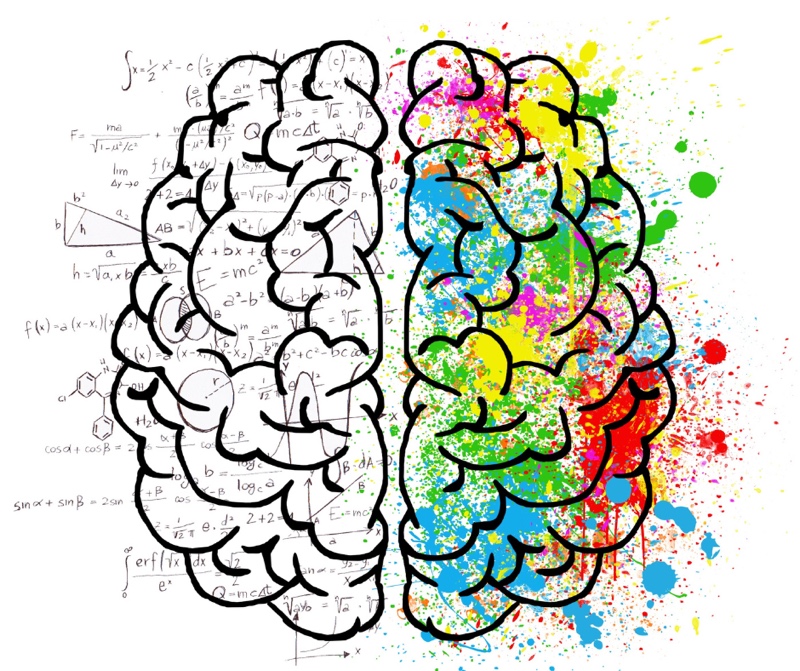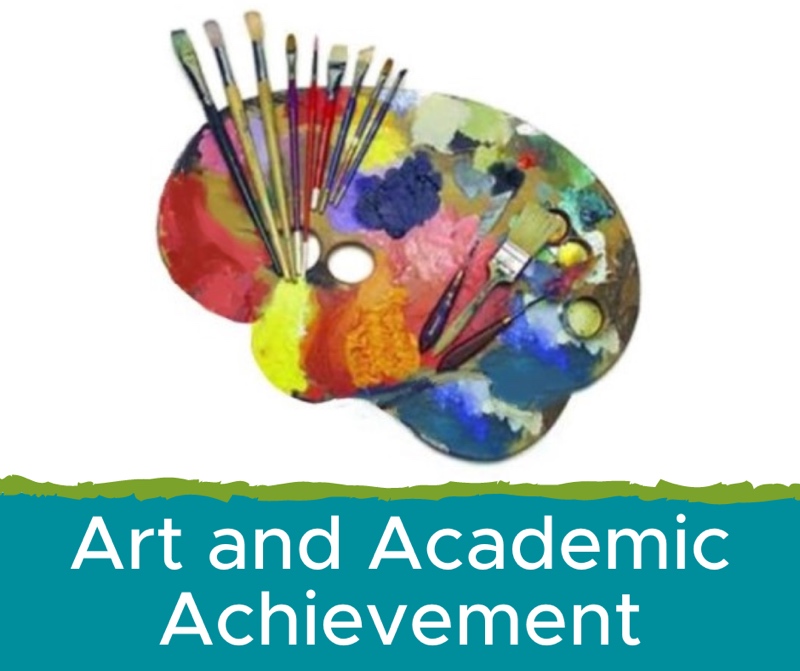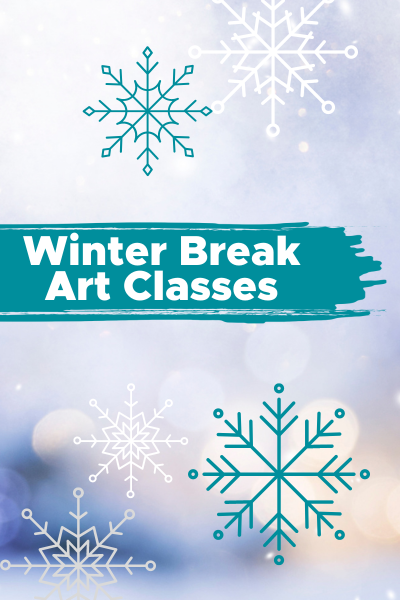Art and Academic Achievement
Studies Show That Art is Smart!
It has long been established that children benefit from creating art. Art helps build confidence in children, helps children learn to solve problems, and helps children develop communication skills.
So why have many school districts across the country cut back on art education curricula and emphasized the traditional 3 "Rs"- reading, writing and 'rithmetic, or STEM-related curricula? Limited budgets require schools to make hard choices and there is no question that reading, writing, math, science and technology-related programs are important.

But what about art you ask? Can art help my child become a better student? That answer is YES! There are several studies that have shown that art education has a measurable positive impact on academics. Here are a few.
1. Art and the ACT Test.
The ACT is one the most important determinants of what college students will attend. A few points could make a difference in a student ending up at a first-choice school or a "back up" school. According to a 2011-2012 study by the West Virginia Department of Education on art participation and education, students with more art credits performed better on the ACT than students with fewer art credits.
2. Art and Attention.
Success in the performing arts requires practice, practice, practice. It also requires the ability to pay attention to detail and discern nuances in a performance. In 2008, the Dana Consortium published a report on art and cognition. The report concluded that people with training in the performing arts are motivated to have sustained attention to that particular art form. That ability to attend leads to cognitive improvements in other areas of life, including academics.
Click here to go to the Dana Consortium article “Arts and Cognition Monograph: Summary”.
3. Art and the 3 "Rs".
A 2002 report published by the Arts Education Partnership culled information from 62 studies that looked at participation in various types of arts and academic achievement. Put together, these studies suggest that art education positively impacts basic academic achievement, particularly for low-income students.
In the May 2002 USA Today article “Study: Arts education has academic effect”, The Arts Education Partnership asserts that different art forms benefit students in different ways. The visual arts “improve content and organization of writing; promote sophisticated reading skills and interpretation of text, reasoning about scientific images and reading readiness.” Pursuing a combination of art forms including drama, music, and visual arts “helps with reading, verbal and math skills; improves the ability to collaborate and higher-order thinking skills.”
Click here to go to the USA Today article about The Arts Education Partnership Report.
4. Art and Problematic Behavior.
A 2010 report compiled by the Missouri Department of Education and the Missouri Alliance for Arts Education found that the more students are involved in art, the less like they are to present disciplinary problems. For example, those involved in art were more likely to go to all classes, not just art classes and ultimately graduate.
Art is Smart!
These and other studies and reports show that art education should not be marginalized, but should be an integral part of a well-balanced core curriculum from the earliest ages through high school.
Kidcreate is an art studio just for kids that offers children's art classes, camps and art-themed birthday parties for children ages 18 months through 12 years. Making a mess is the best at Kidcreate Studio - South Charlotte!
Make A Difference, While Making A Great Living!
Open a Kidcreate Studio - South Charlotte and use the power of art to positively influence the lives of children.
Click Here to learn More About Franchise Opportunities with Kidcreate Studio.
Kidcreate Studio Newsletter
Classes, studio news, and special offers.

